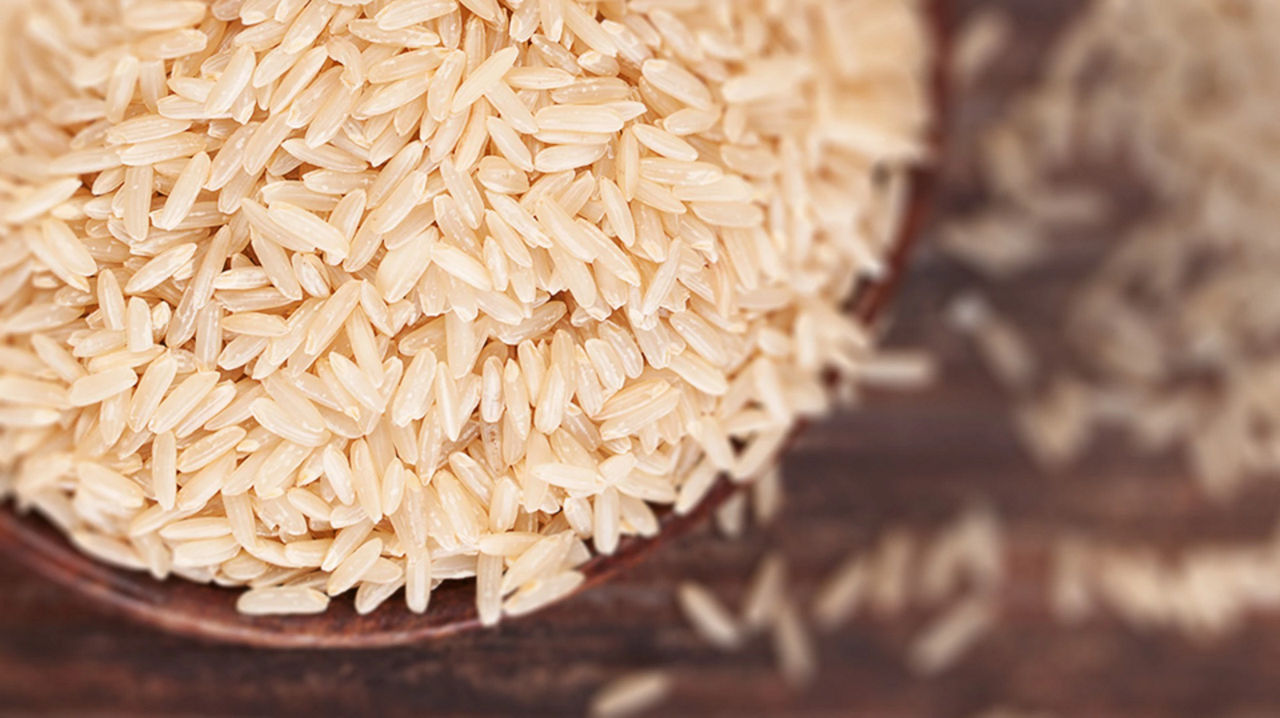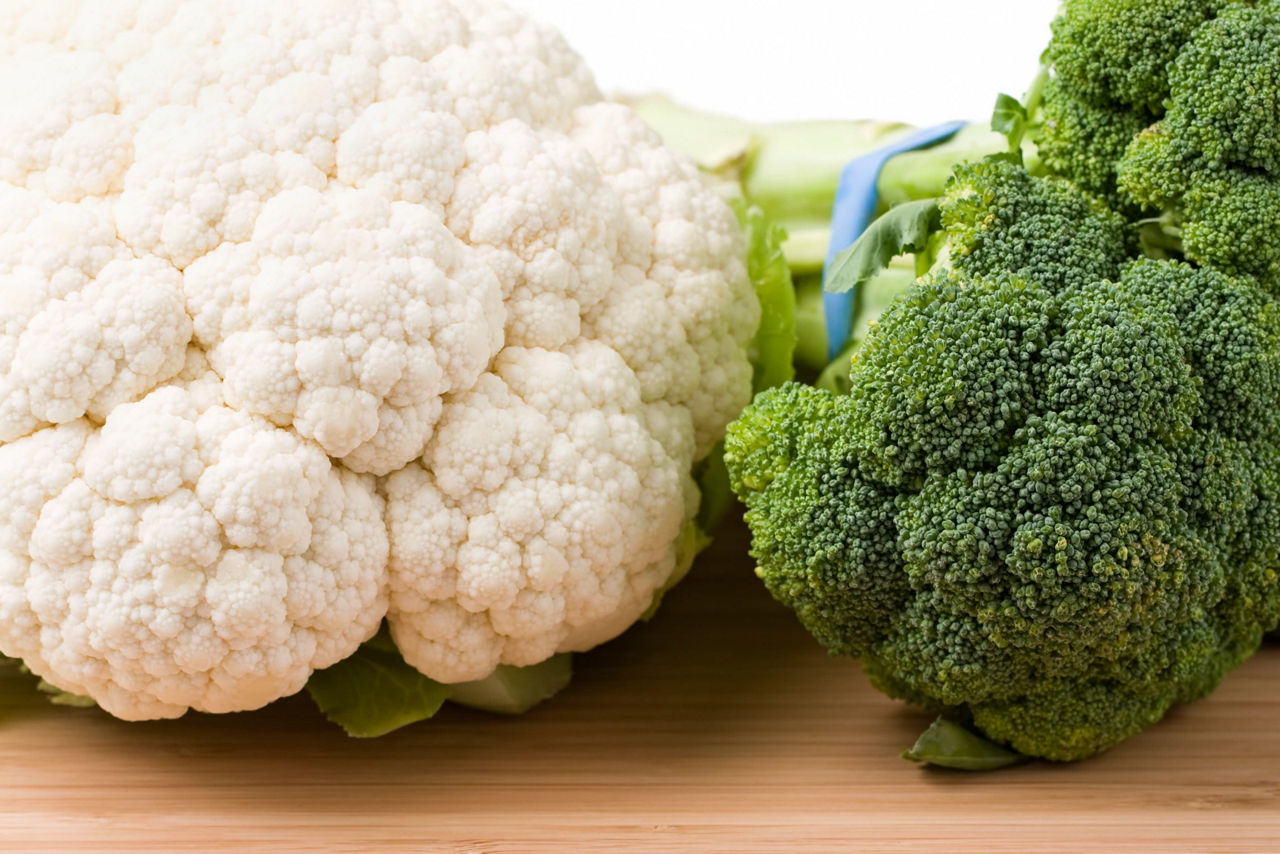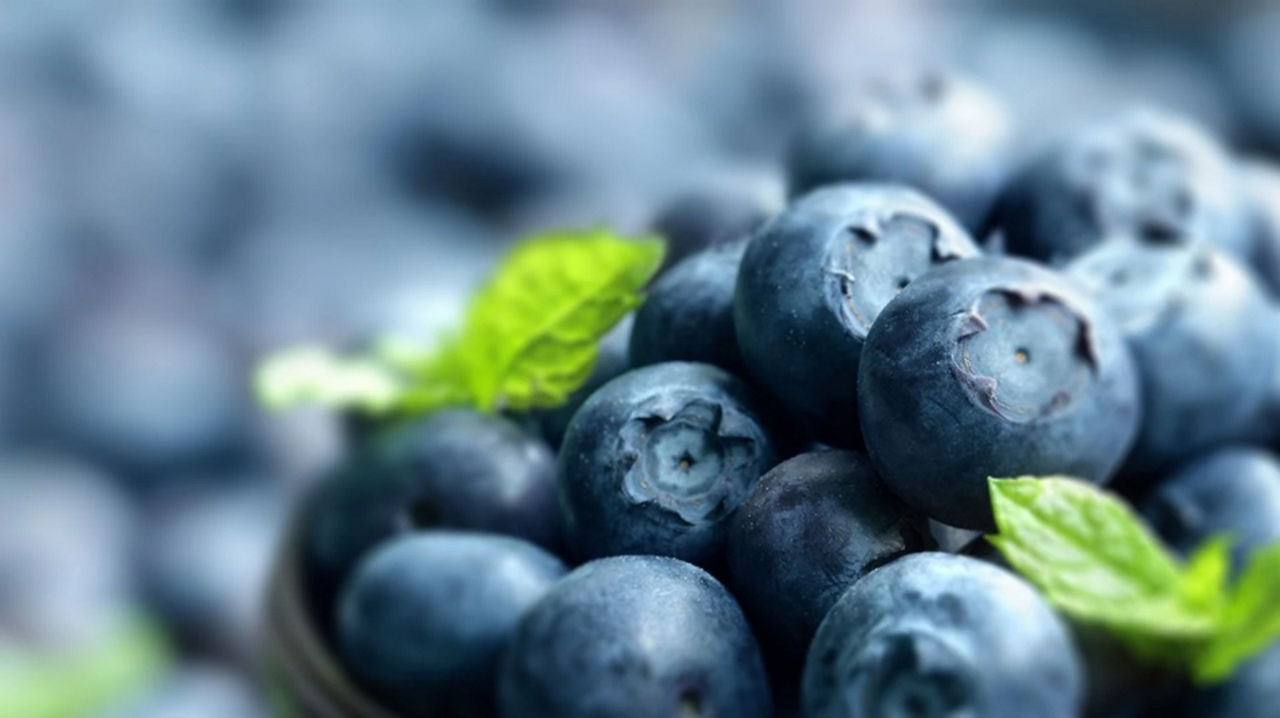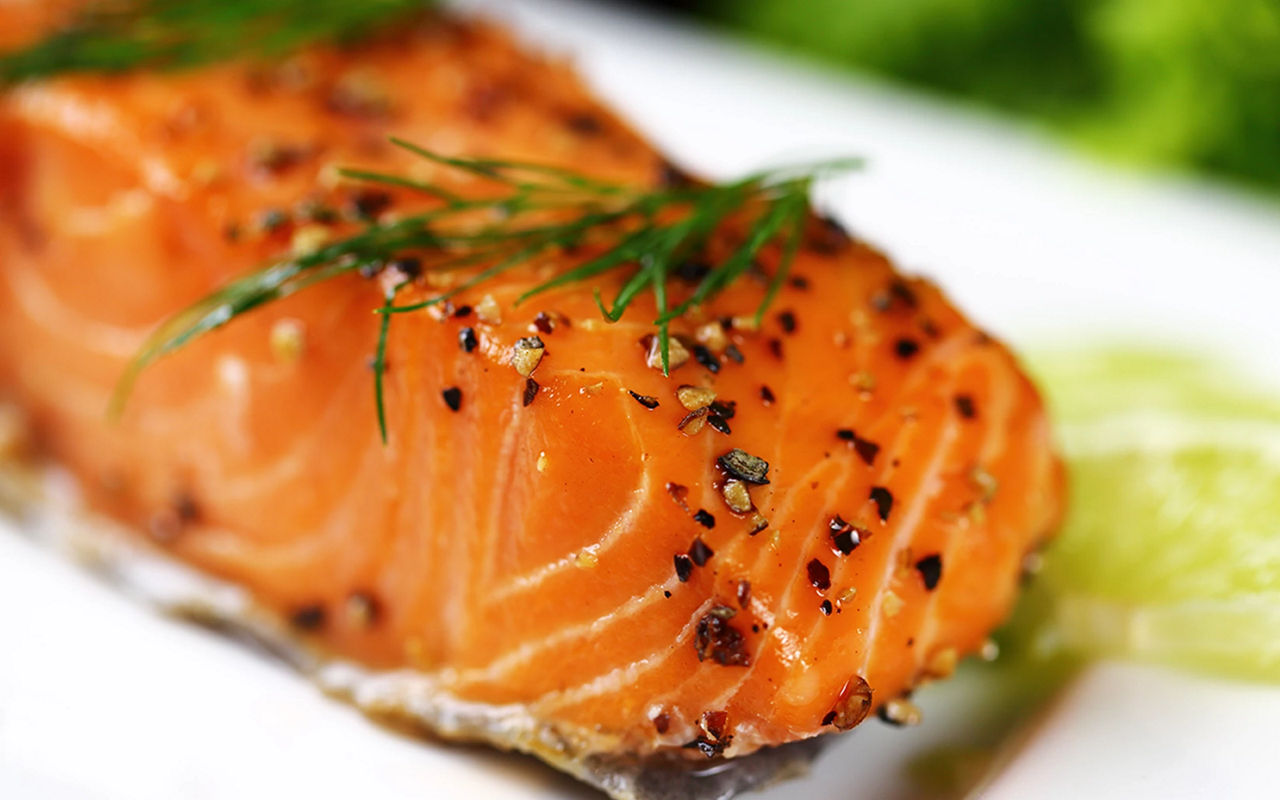To ensure they’re meeting their dietary needs, it’s recommended that pregnant women consume a daily fibre intake of 30g10.
However, this recommendation doesn’t only apply to the dietary needs of pregnant women. According to government guidelines, all average, healthy adults here in the UK should aim to consume 30g of dietary fibre every day, as opposed to the average 20g that we’re currently getting1.
According to the NHS, you don’t need to go on a special diet during your pregnancy, unless advised to do so by your doctor, midwife or other healthcare professional. The best way to get all of the nutrients you need is to eat a varied, healthy and balanced diet11.
If you’re worried about your fibre intake, always speak to your healthcare professional, as they'll be able to provide you the nutrition advice that you need. You can also read more about the vitamins and minerals that are important for a healthy pregnancy diet here.






